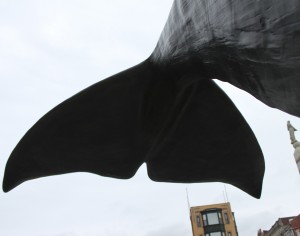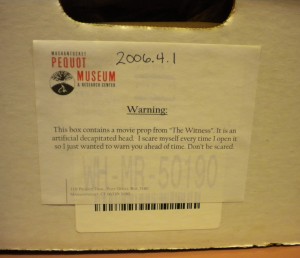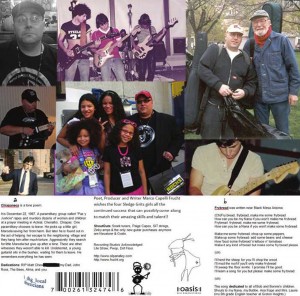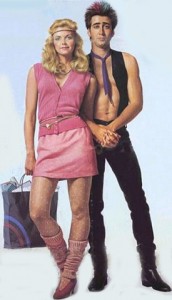Wake up people, Connecticut Light and Power, United Illuminating and others left you in harms way and things are far worse than you can ever imagine.
CL&P and UI are sure going to have to answer to this once everyone’s safe. It’s painfully obvious there was fraud and negligence involved. We the people should’ve known better after Exxon Valdez, Enron and BP, but what have we done? Remained asleep, simply shifting our addictions from Netflix and Blockbuster to Redbox and Hulu!!!
— Anon.
I refuse to blame the linemen in this. UI and CL&P have become mulitnational conglomerates that don’t care about our nation, our saftey, or our comfort. People, our lives have been enangered this whole time. WAKE UP. I refuse to merely give Malloy a hard time, this is not about (R) or (D) it is about privatization of water, oil, electricity and life.
You know, most of my European and Asian friends just ask me constantly how I can keep admitting publickly after all these years living in the laughingstock of the planet that I’m an American. You know, I really don’t have an answer.
Maybe I’ll just sing ’em a Lee Greenwood song and tell them to STFU
This blog entry started as many posts on my personal facebook. Here are the earliest comments. My first impulse is to develop this into one cohesive essay. But frankly I don’t want to take the extra time required to form that. I’d rather put this out there raw like this and get the dialogue going.
Please discuss.
—————
Bob — (fictitious first names only, sorry) Â I noticed all the trucks in my area are from Michigan. Heard something on the news about it being cheaper to hire crews from out of state than to pay its own employees overtime. There’s you days long power outage!
Gloria — My brother was talking to some of those out of staters while they were just sitting around. Apparently they were waiting for someone to tell them what to do. So, even when we HAD the willing linemen, no managers were organized enough to use them consistently. Argh.
Andrew — hopefully you will get it soon. I know Groton Utilities has just finished their area and pretty soon they are going to start helping CL&P customers. Also I know some companies in Canada are lending a hand as well. They have driven down to help out. Last I heard CL&P still have about 400,000 customers state wide without power
Agnes — Linemen rock. You nailed it.
Donna — we were down a bit over two days. My sister in Saybrook is hearing restoration by Sunday…i didn’t notice where our linemen were from, Wichita? ‘Dit-dit-da-dit’….’
Grace — Private enterprise can’t run health care and they sure can’t power my home right. The Stockholders come first
This is all so dark, I must drop a metaphor on ya…
http://www.youtube.com/watch?v=qSm2llQLCH4
The music is Carl Sigman and Herb Magidson. 1949. I honestly don’t know if I like Keb Mo’s version or Taj Mahal’s better. Or maybe Manu Chao. Guy Lombardo?
http://www.youtube.com/results?search_query=Enjoy+Yourself%22+%28It%27s+Later+Than+You+Think%29&aq=f












